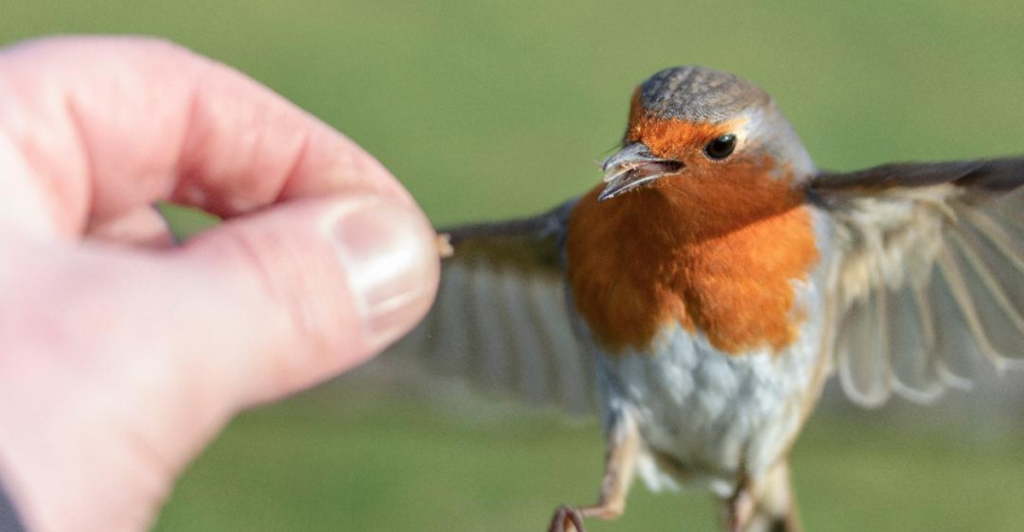
Birds navigate Earth’s magnetic field using cryptochrome 4, a light-sensitive protein enabling quantum-based magnetoreceptor. Consulting the 1978 “radical pair effect” theory of Klaus Schulten, they posit that light initiates general electron transfers among cryptochrome molecules, leading to unpaired electrons whose quantum spin states change in the presence of magnetic fields.
This allows birds to sense magnetic inclination (angle relative to the surface of the Earth), which regulates nocturnal migrations. Migratory robins have 100x higher cryptochrome 4 sensitivity than non-migratory species, with mutations abolishing navigation. The latest research shows this quantum mechanism can function at the body’s temperature, contrary to what classical physics would expect of thermal interference.
Historical Context
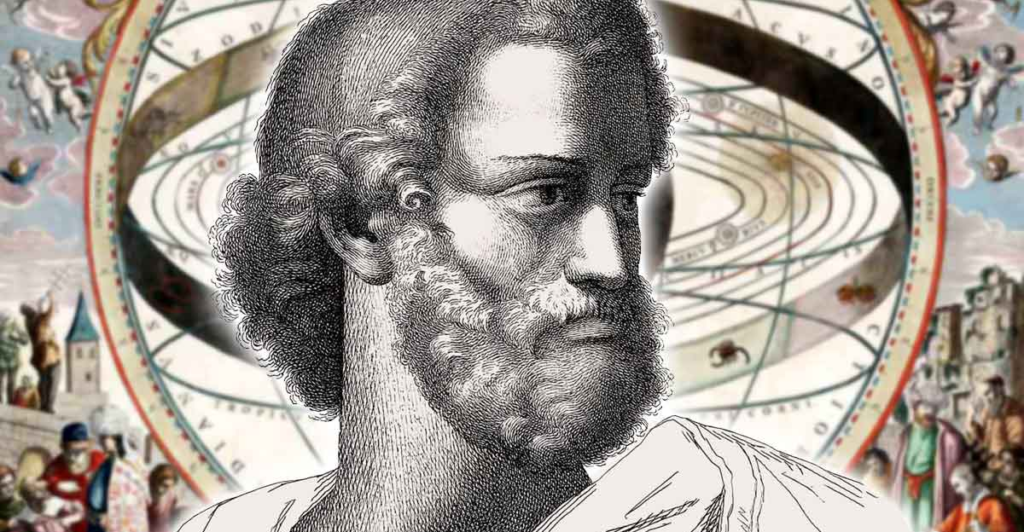
Aristotle wrongly speculated about seasonal bird transformations, while 18th-century scientists debated magnetism. In 2000, breakthroughs cast a new light when Schulten connected cryptochromes — proteins that regulate circadian rhythms — to magnetoreception.
There was one experiment showing that birds relied on the wavelengths of light activating cryptochrome to navigate, disproving magnetite-based theories. In 2015, Cluster N, a brain region that responds to magnetic data, was identified.
The latest insights from modern genomics shed light on cryptochrome 4’s evolutionary adaptation in migratory species, cementing quantum biology’s role in navigation.
New Developments on Cryptochrome 4
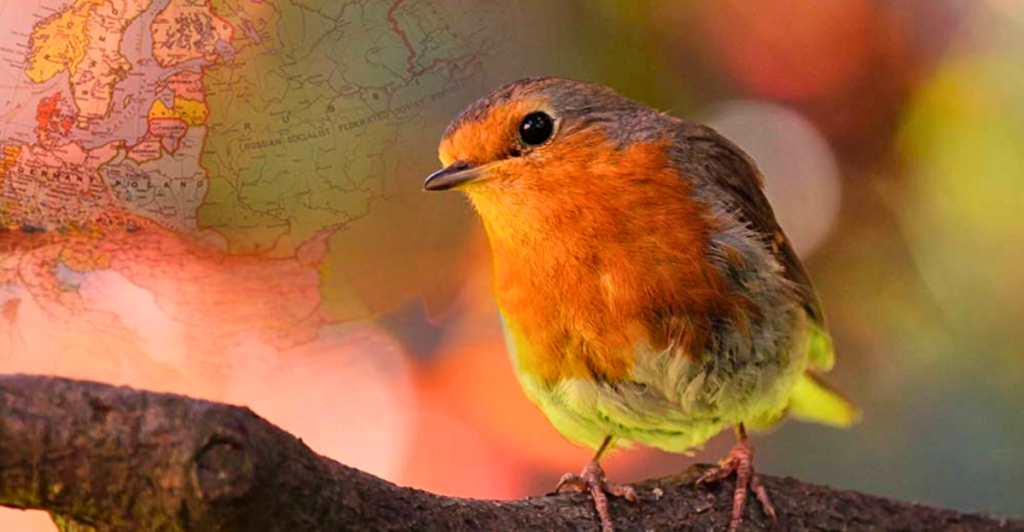
Peter Hore from Oxford proved in 2021 that robin cryptochrome 4 detects Earth’s 50 microtesla field; while chicken cryptochrome 4 (non-migratory) is not sensitive. In fact, mutating specific key amino acids in robin cryptochrome 4 completely disabled the magnetic detection, suggesting evolutionary specialization.
Yet the protein retains quantum coherence — the stability of its spin state — despite body heat, a feat in which human quantum sensors require cryogenic cooling to replicate. This coherence allows biochemical signaling tied to magnetic fields, enabling accurate navigation.
Evolutionary Adaptation

Miriam Liedvogel’s genomic studies reveal that cryptochrome 4 variability is 30% greater in migratory birds (e.g., warblers) than in non-migratory species, indicating intense natural selection.
Some species, even angular and nocturnal migrants like the tyranni birds, which lack the cryptochrome 4, show parallel undiscovered quantum mechanisms.
This divergence highlights nature’s innate capability to have multiple solutions to quantum challenges. Evolutionary tuning of cryptochrome 4 highlights how migration pressures shape molecular innovation over millennia.
Quantum Sensitivity Limits
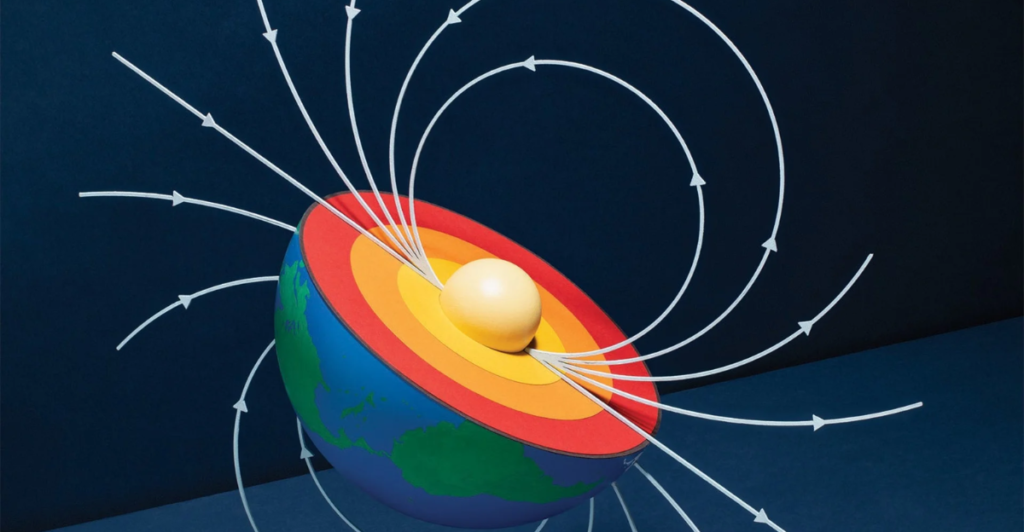
Iannis Kominis’s 2024 research found migratory birds achieve 99% of the Heisenberg uncertainty limit—the maximum sensitivity limit that quantum physics allows. Their accuracy exceeds any manmade sensors, which can only operate under extreme conditions.
“Nature’s quantum tech is 40 million years ahead of ours,” Kominis notes. This near-perfect efficiency suggests the evolutionary optimization of radical pair lifetimes, balancing quantum coherence with biological practicality.
Urban Electromagnetic Noise

Henrik Mouritsen’s 2015 experiments showed European robins disoriented by urban radiofrequency noise (0.1–10 MHz) at intensities 1,000 times below the WHO limits.
Disruption peaks at 1.315 MHz, matching the spin-state frequency in cryptochrom radical pairs. This frequency-specific interference validates the quantum theory of navigation and also has implications for global migratory ecosystems by highlighting how man-made electromagnetic pollution could disrupt those systems.
Radical Pair vs Magnetite
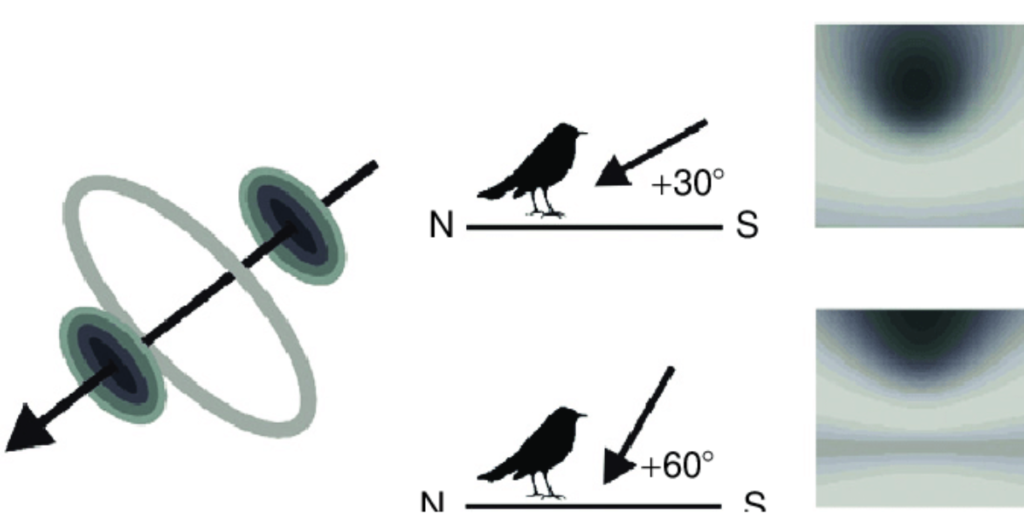
While magnetite particles in bird beaks were proposed as compass needles, the relevant physical mechanism for light-dependent navigation and inclination sensing is based on radical pairs. In non-migratory species, magnetite probably helps map position, not direction.
Oscillating magnetic fields disrupt radical pairs but not magnetite, confirming the former’s dominance in navigation. This duality illustrates evolution’s layered solutions: quantum sensing for direction and mineral-based cues for position.
Mysteries of Nocturnal Migration

95% of migratory birds travel alone at night, relying on inherited quantum sensing. Fledglings raised without adults navigate accurately, suggesting genetic encoding.
Tracking data from 2023 show that juvenile birds inherit cryptochrome 4 configurations best suited to specific migration pathways. This raises the question of how quantum physics became embedded in avian DNA — a fusion of evolutionary biology and subatomic mechanics that is still being unraveled
Implications for Future Technologies

DARPA funds cryptochrome-inspired quantum sensors for GPS-denied environments. Modifying radical pair lifetimes could improve MRI resolution or enable room-temperature quantum computing, which Kominis proposed in 2024.
Biometric navigation systems may leverage avian quantum principles for subterranean or deep-sea exploration, potentially merging biology with next-gen engineering.
Masters in Quantum Physics
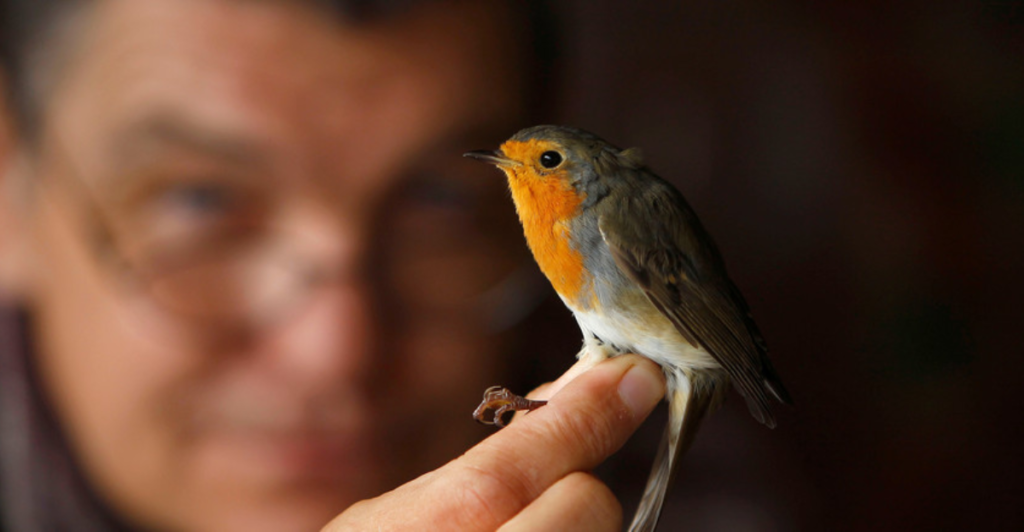
Birds’ quantum navigation challenges human exceptionalism, proving that nature itself is an expert in subatomic physics. “Birds aren’t just using quantum physics, they’ve mastered it,” says Liedvogel.
The finding rewrites the understanding of evolution, hinting that life routinely exploits quantum phenomena. Future studies might discover that similar mechanisms work in sea turtles, insects, or even humans—breakthroughs that could change everything from neurology to robotics.
Explore more of our trending stories and hit Follow to keep them coming to your feed!

Don’t miss out on more stories like this! Hit the Follow button at the top of this article to stay updated with the latest news. Share your thoughts in the comments—we’d love to hear from you!







